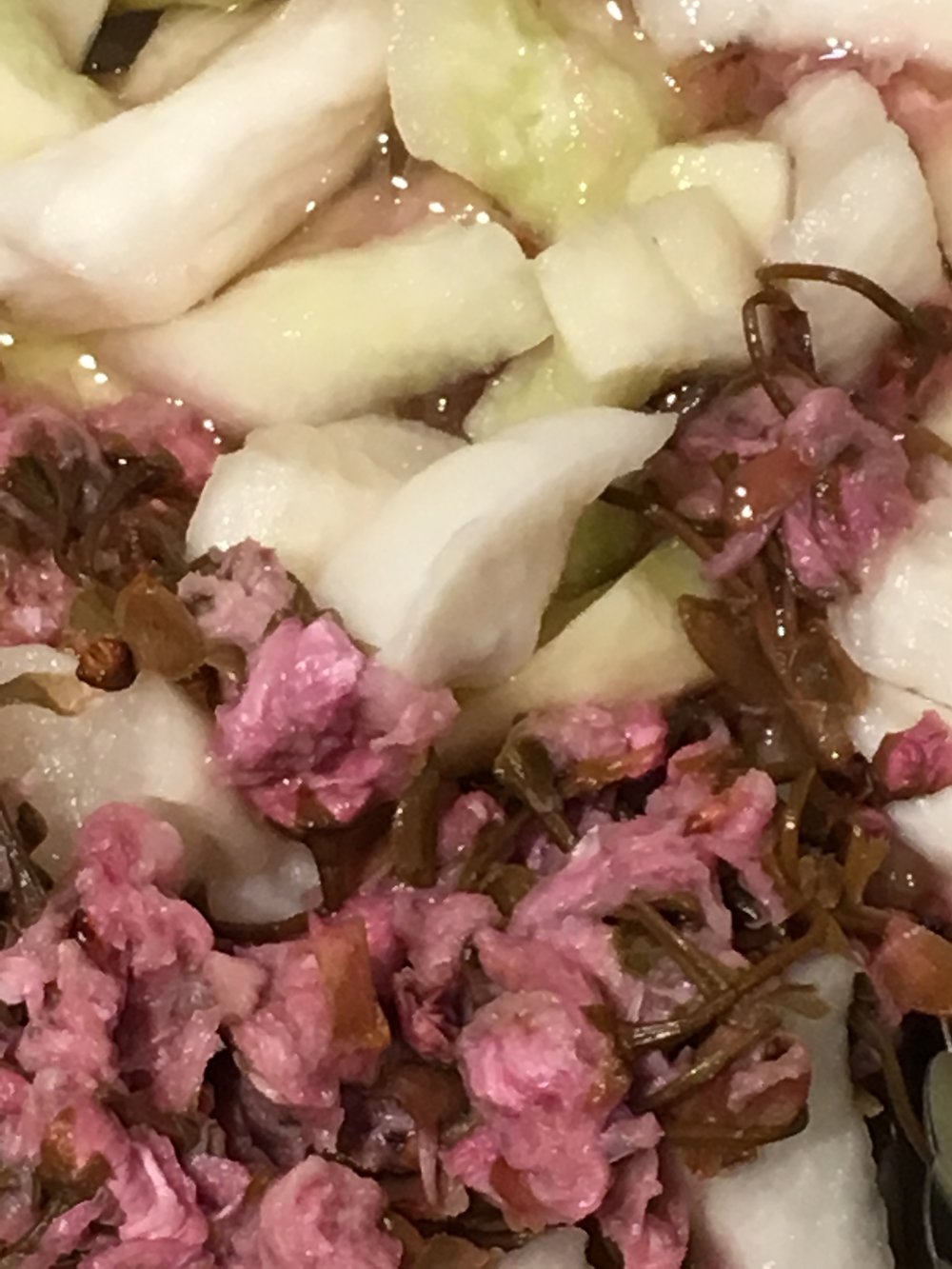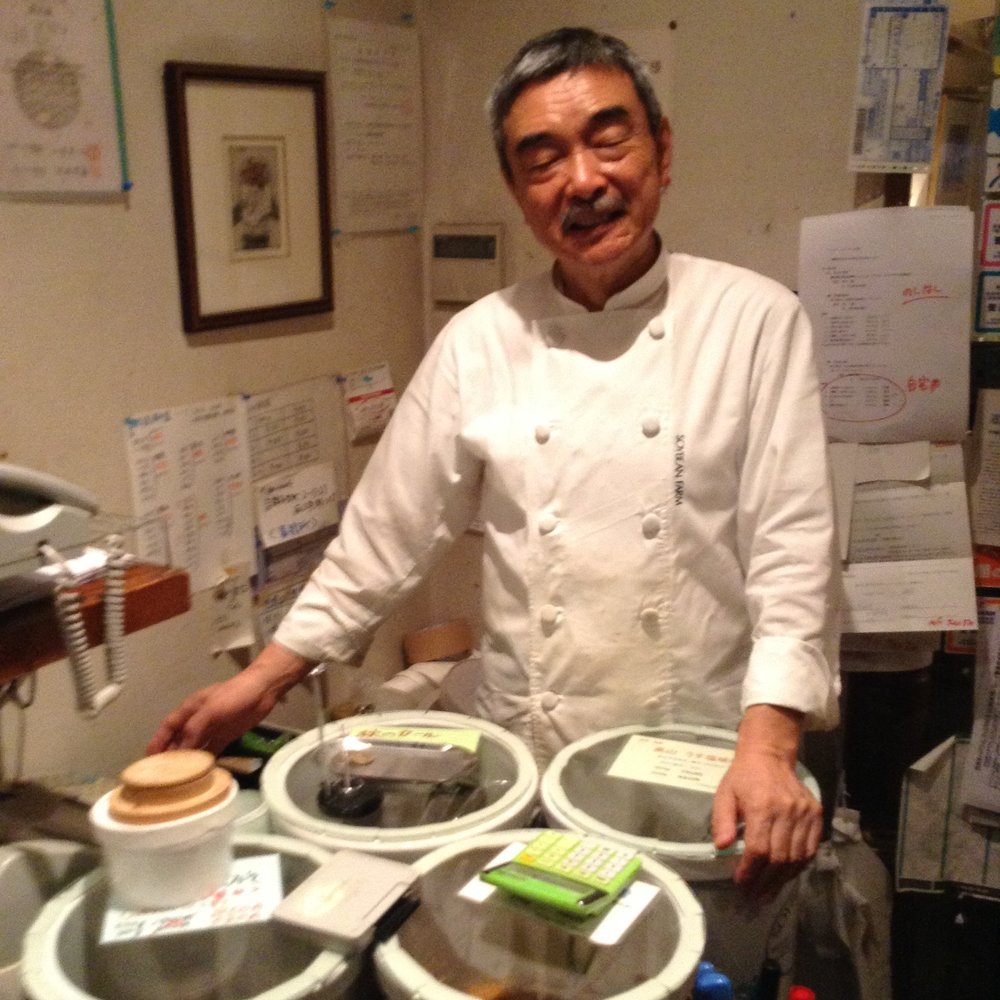
Last year I tried Daigo and a temple that serve Shojin-精進 cuisine. This time it is the turn of the Michelin one star Itosho in Azabu juban. The number of restaurant serving this kind of cuisine seems to be slightly increasing but Itosho is one of the long runner, since it started almost 50 years ago. And it has been run by chef Ito, a nice little character that serves himself the dishes he prepares. The place is in a small street of Azabu juban area and it is much less luxurious than Daigo, but the private room simplicity (all classic Japanese style seating) and neatness is perfect to make a time shift and appreciate the cuisine. Of course Ito uses fresh seasonal products, and it is perfectly delicious. Paired with some sake from Takayama, his region of origin. The tofu is amazing and the use of egoma is just right. And honestly it is quite affordable. Booking is mandatory and choosing the size of the menu also. We picked the middle one (I thought my father would complain with the smallest one) and it was quite a huge amount of food already!
Itosho – いと正
3-4-7 Azabu-Juban, Minato-ku, Tokyo; (03) 3454-6538
Open daily for lunch 12-3 p.m. and dinner 5:30-9:30 p.m. Cash only for payment.















